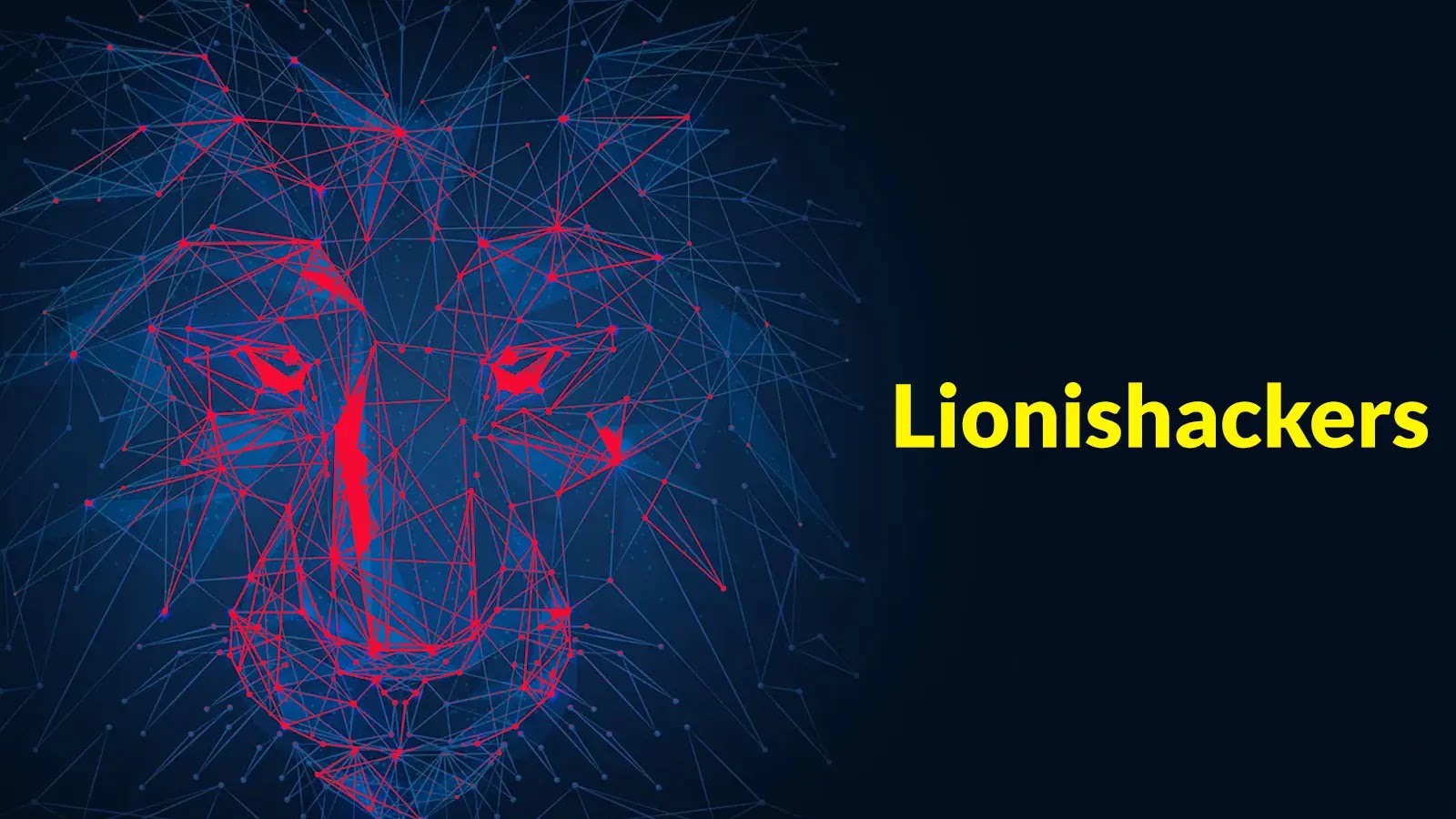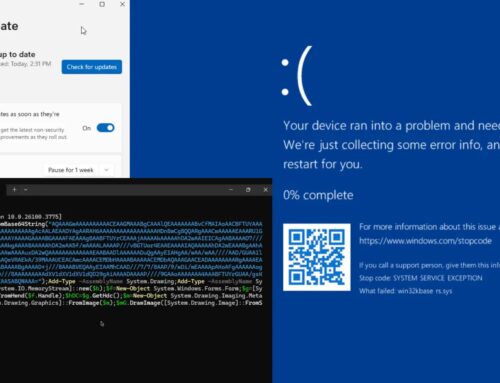
Lionishackers Threat Actors Exfiltrating and Selling Corporate Databases on Dark Web
Unmasking Lionishackers: A Deep Dive into Their Corporate Database Exfiltration Operations
In the high-stakes world of cybersecurity, the emergence of new, financially motivated threat actors is a constant. Recently, a group identified as Lionishackers has rapidly ascended as a major player in the illicit trade of stolen corporate data. Their calculated approach, utilizing automated SQL injection tools to compromise database servers and sell sensitive records on dark web forums, poses a significant threat to organizations, particularly those with a footprint in Asia.
This analysis delves into the modus operandi of Lionishackers, explores the implications of their activities, and outlines crucial defensive strategies for organizations to mitigate their risk.
Who are Lionishackers?
Lionishackers are a financially motivated threat actor group specializing in the exfiltration and sale of corporate databases. Their primary objective is monetary gain, achieved by breaching organization networks, pilfering confidential data, and then monetizing this sensitive information on underground marketplaces. Their operations have intensified in recent months, demonstrating a growing presence and proficiency in data theft.
Targeting and Modus Operandi
The group’s targeting strategy is largely opportunistic, focusing on vulnerabilities rather than specific industries or high-value targets. However, a distinct preference for Asian-based victims has been observed. This geographical concentration suggests either a specialized knowledge of this region’s infrastructure, language, or perhaps a lower perceived risk of law enforcement action.
Their technical approach relies heavily on automation and a common, yet still effective, attack vector:
- Automated SQL Injection Tools: Lionishackers leverage automated tools to identify and exploit SQL injection vulnerabilities in web applications and database servers. This technique allows them to bypass authentication, gain unauthorized access to database contents, and execute arbitrary commands.
- Database Exfiltration: Once access is gained, the group focuses on exfiltrating sensitive corporate records. This can include customer data, financial records, proprietary information, intellectual property, and internal operational data.
- Listing on Underground Forums: The stolen databases are then listed for sale on various underground cybercrime forums and dark web marketplaces. The value of these databases is determined by the volume and sensitivity of the data contained within, ranging from personal identifiable information (PII) to highly confidential corporate secrets.
The Impact of Database Breaches
A successful database breach orchestrated by groups like Lionishackers can have catastrophic consequences for affected organizations:
- Financial Loss: Direct costs associated with incident response, forensic investigations, legal fees, regulatory fines, and potential lawsuits can be substantial.
- Reputational Damage: Data breaches erode customer trust and can severely damage an organization’s brand reputation, leading to customer churn and loss of future business.
- Competitive Disadvantage: The exfiltration of proprietary data, trade secrets, or intellectual property can provide competitors with an unfair advantage, impacting market share and innovation.
- Regulatory Penalties: Non-compliance with data protection regulations (e.g., GDPR, CCPA) following a breach can result in significant penalties and legal repercussions.
- Operational Disruption: Remediation efforts and security hardening post-breach can disrupt normal business operations and divert resources.
Remediation Actions and Protective Measures
Protecting against threat actors like Lionishackers requires a multi-layered and proactive security strategy. Organizations must prioritize the identification and mitigation of SQL injection vulnerabilities and robust database security. There is no specific CVE associated with the threat actor group itself, but rather their chosen attack vector. Organizations should focus on patching and securing against common web application vulnerabilities, such as those listed by OWASP.
While Lionishackers exploits a widely known attack vector, SQL Injection (SQLi), it’s crucial to understand that SQLi vulnerabilities aren’t tied to a single CVE number. Instead, they represent a class of vulnerabilities that can manifest in various ways across different applications. Developers and security teams should reference the Common Weakness Enumeration (CWE) entry for SQL Injection, specifically CWE-89: Improper Neutralization of Special Elements used in an SQL Command (‘SQL Injection’), to understand the root causes and mitigation strategies.
- Implement Input Validation and Parameterized Queries: This is the most effective defense against SQL injection. All user input should be strictly validated and sanitized before being used in SQL queries. Employing parameterized queries (e.g., prepared statements) ensures that user-supplied data is treated as data, not executable code.
- Regular Security Audits and Penetration Testing: Conduct frequent security audits and penetration tests, specifically targeting web applications and databases, to identify and remediate SQL injection vulnerabilities and other common weaknesses.
- Web Application Firewalls (WAFs): Deploy and properly configure a WAF to detect and block malicious SQL injection attempts at the perimeter. While WAFs are not a silver bullet, they provide an important layer of defense.
- Principle of Least Privilege: Ensure that database users and application accounts have only the minimum necessary privileges required to perform their functions.
- Patch Management: Regularly update and patch all database management systems (DBMS), web servers, applications, and operating systems to protect against known vulnerabilities.
- Database Encryption: Encrypt sensitive data at rest and in transit to minimize the impact of a breach, even if data is exfiltrated.
- Network Segmentation: Isolate database servers from other network segments to limit lateral movement in the event of a breach.
- Intrusion Detection/Prevention Systems (IDS/IPS): Implement IDS/IPS solutions to monitor for suspicious activity and known attack patterns indicative of SQL injection attempts.
- Employee Training: Educate developers and IT staff on secure coding practices, common vulnerabilities, and the importance of data security.
Tools for Detection and Mitigation
A range of tools can assist in detecting and mitigating SQL Injection vulnerabilities and securing databases:
| Tool Name | Purpose | Link |
|---|---|---|
| SQLMap | Automated SQL injection and database takeover tool. | http://sqlmap.org/ |
| OWASP ZAP (Zed Attack Proxy) | Comprehensive web application security scanner for finding vulnerabilities. | https://www.zaproxy.org/ |
| Burp Suite | Leading software for web penetration testing, including SQLi detection. | https://portswigger.net/burp |
| ModSecurity | Open-source WAF that can protect against various web attacks, including SQLi. | https://www.modsecurity.org/ |
| Tenable Nessus | Vulnerability scanner that can detect SQLi and other web application flaws. | https://www.tenable.com/products/nessus |
Conclusion
The rise of Lionishackers underscores the persistent threat posed by financially motivated cybercrime, particularly through common and exploitable vulnerabilities like SQL injection. Their focus on corporate databases and opportunistic targeting necessitates a robust, proactive defense posture for organizations worldwide, especially those operating in the Asian region. By prioritizing secure coding practices, implementing stringent input validation, deploying protective technologies, and maintaining vigilance, organizations can significantly enhance their resilience against these evolving threats and protect their invaluable data from ending up on the dark web.





